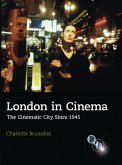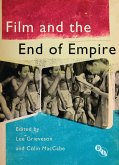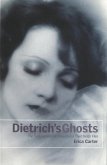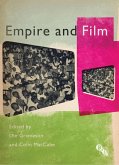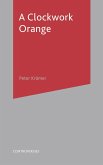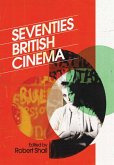Charlotte Brunsdon's illuminating study explores the variety of cinematic 'Londons' that appear in films made since 1945. Brunsdon traces the familiar ways that film-makers establish that a film is set in London, by use of recognisable landmarks and the city's shorthand iconography of red buses and black taxis, as well as the ways in which these icons are avoided. She looks at London weather - fog and rain - and everyday locations like the pub and the housing estate, while also examining the recurring patterns of representation associated with films set in the East and West Ends of London, from Spring in Park Lane (1948) to Mona Lisa (1986), and from Night and the City (1950) to From Hell (2001).
Brunsdon provides a detailed analysis of a selection of films, exploring their contribution to the cinematic geography of London, and showing the ways in which feature films have responded to, and created, changing views of the city. She traces London's transformation from imperial capital to global city through the different ways in which the local is imagined in films ranging from Ealing comedies to Pressure (1974), as well as through the shifting imagery of the River Thames and the Docks. She addresses the role of cinematic genres such as horror and film noir in the constitution of the cinematic city, as well as the recurrence of figures such as the cockney, the gangster and the housewife. Challenging the view that London is not a particularly cinematic city, Brunsdon demonstrates that many London-set films offer their own meditation on the complex relationships between the cinema and the city.
Brunsdon provides a detailed analysis of a selection of films, exploring their contribution to the cinematic geography of London, and showing the ways in which feature films have responded to, and created, changing views of the city. She traces London's transformation from imperial capital to global city through the different ways in which the local is imagined in films ranging from Ealing comedies to Pressure (1974), as well as through the shifting imagery of the River Thames and the Docks. She addresses the role of cinematic genres such as horror and film noir in the constitution of the cinematic city, as well as the recurrence of figures such as the cockney, the gangster and the housewife. Challenging the view that London is not a particularly cinematic city, Brunsdon demonstrates that many London-set films offer their own meditation on the complex relationships between the cinema and the city.



